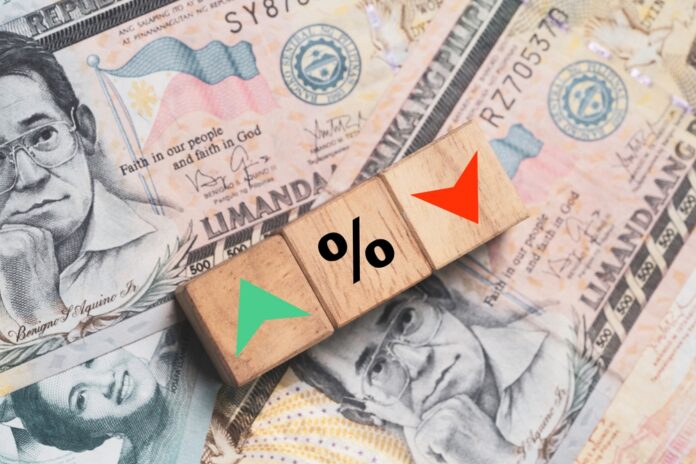The country’s continued economic expansion in 2023, measured as the gross domestic product (GDP), eased sharply to only 5.6 percent in the final quarter and came even lower than the revised output expansion of 6 percent in the third quarter.
The performance proved the country’s continuing resilience against domestic and global headwinds but brought the full year output growth sharply lower than the target 6 percent to 7 percent. GDP expanded by 7.6 percent in 2022Most analysts factored growth averaging only 5.2 percent in 2023.
In seasonally adjusted quarter-on-quarter terms, GDP advanced 2.1 percent, slowing from the 3.3 percent outcome in the third quarter.
According to Philippine Statistics Authority data, a good part of the expansion was owed to private consumption that proved a bright spot during the period by accelerating to 5.3 percent, boosted in part by easing price pressures with inflation as high as 8.7 percent at one point rounding last year with inflation in December at only 3.9 percent. Private consumption expanded by only 5 percent a quarter earlier, data show.
Data also show government consumption that expanded by 6.7 percent in the third quarter last year lost steam in the fourth and contracted by 1.8 percent in the final three months.
Household consumption also accelerated to 5.3 percent from only 5.1 percent in the September quarter while fixed investments proved a buoyant 10.2 percent versus 8.1 percent a quarter earlier.
Exports fell 2.6 percent even as imports that contracted by 1.1 percent in the September quarter expanded by 2.9 percent in the final quarter last year.
The agriculture sector under Secretary Francisco Tiu Laurel Jr. posted accelerated growth averaging 1.4 percent from only 0.9 percent a quarter earlier.
The services sector continued to do well by expanding to 7.4 percent from 6.8 percent although the industry sector slowed to only 3.2 percent from 5.6 percent in the third quarter.
Economic Planning Secretary Arsenio Balisacan said a decision by government last year to focus on fiscal consolidation and the higher spending in 2022 due to COVID-19 vaccinations and election-related expenditures resulted in a contraction of 1.8 percent in the fourth growth and a slower growth of 0.4 percent in government consumption.
Even with slower GDP expansion, Balisacan said the Philippines’ economic growth last year remained one of the fastest in Asia, next only to Vietnam, and ahead of China and Malaysia.
Balisacan said the economy needs massive investments to ramp up growth and generate higher quality and better paying jobs.
Even with the risk posed by inflation and external headwinds, Balisacan said the government is still sticking with its growth target of between 6.5 percent and 7.5 percent for this year.
This develops at a time when the country’s labor market has jobs available but few take them, foreign analysts have said.
Analysts at Moody’s Analytics previously factored growth across the Philippines averaging on 5.38 percent in 2023 having assessed that output expansion for the period should prove lower than 6 percent.
President Ferdinand Marcos Jr. had said the economy was likely to grow close to the 6 percent to 7 percent target this year.
The International Monetary Fund, at its last assessment under the so-called Article IV consultations, projected a growth path averaging 5.3 percent for the Philippines in 2023 accelerating to 6 percent this year.
The World Bank previously released as assessment saying growth across the Philippines was likely to average 5.6 percent in 2023 and accelerate to 5.8 percent this year on the basis of greater services contribution to national output supported by the ongoing recovery of the tourism sector and the consistent performance of the information and technology space as well as by the business process outsourcing sector.
Manila-based Asian Development Bank forecast growth averaging 5.7 percent when it last published its Asian Development Outlook in December last year.






